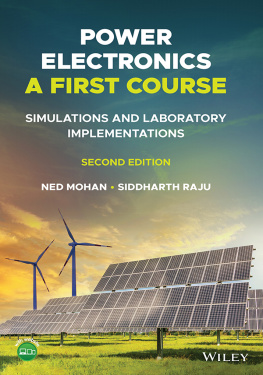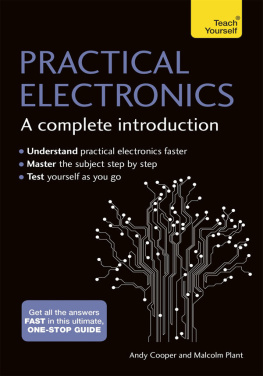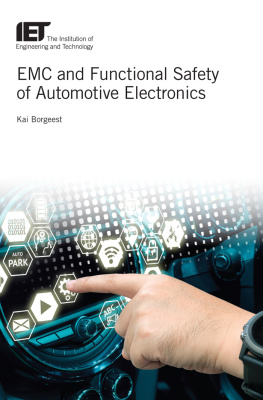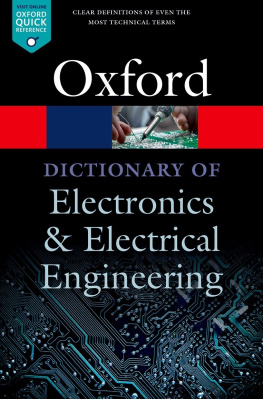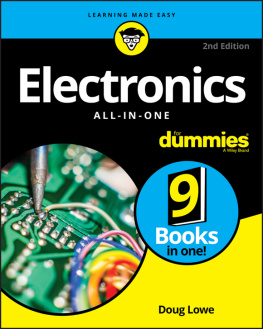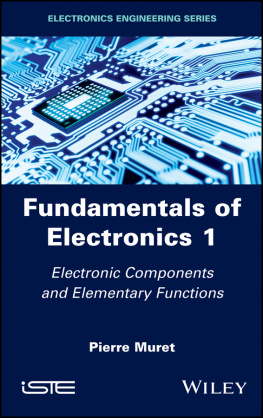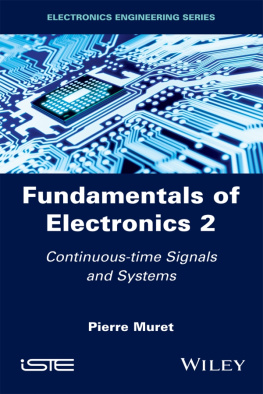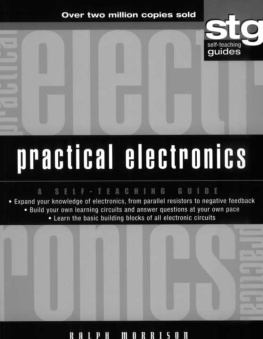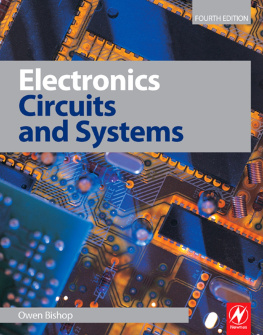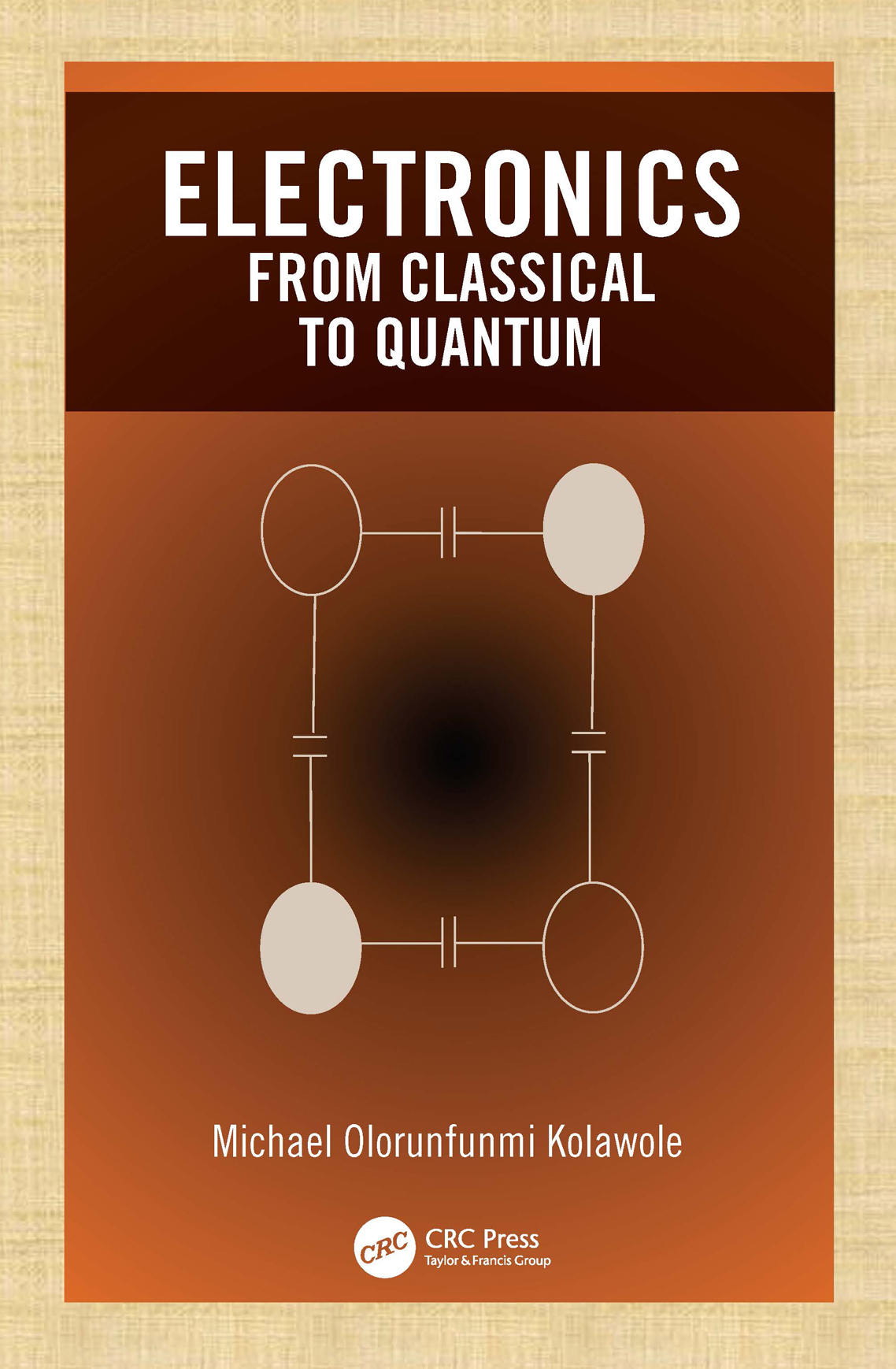Michael Olorunfunmi Kolawole - Electronics: from Classical to Quantum
Here you can read online Michael Olorunfunmi Kolawole - Electronics: from Classical to Quantum full text of the book (entire story) in english for free. Download pdf and epub, get meaning, cover and reviews about this ebook. year: 2020, publisher: CRC Press, genre: Romance novel. Description of the work, (preface) as well as reviews are available. Best literature library LitArk.com created for fans of good reading and offers a wide selection of genres:
Romance novel
Science fiction
Adventure
Detective
Science
History
Home and family
Prose
Art
Politics
Computer
Non-fiction
Religion
Business
Children
Humor
Choose a favorite category and find really read worthwhile books. Enjoy immersion in the world of imagination, feel the emotions of the characters or learn something new for yourself, make an fascinating discovery.

- Book:Electronics: from Classical to Quantum
- Author:
- Publisher:CRC Press
- Genre:
- Year:2020
- Rating:3 / 5
- Favourites:Add to favourites
- Your mark:
Electronics: from Classical to Quantum: summary, description and annotation
We offer to read an annotation, description, summary or preface (depends on what the author of the book "Electronics: from Classical to Quantum" wrote himself). If you haven't found the necessary information about the book — write in the comments, we will try to find it.
This book gives clear explanations of the technical aspects of electronics engineering from basic classical device formulations to the use of nanotechnology to develop efficient quantum electronic systems. As well as being up to date, this book provides a broader range of topics than found in many other electronics books. This book is written in a clear, accessible style and covers topics in a comprehensive manner.
This books approach is strongly application-based with key mathematical techniques introduced, helpful examples used to illustrate the design procedures, and case studies provided where appropriate. By including the fundamentals as well as more advanced techniques, the author has produced an up-to-date reference that meets the requirements of electronics and communications students and professional engineers.
Features
- Discusses formulation and classification of integrated circuits
- Develops a hierarchical structure of functional logic blocks to build more complex digital logic circuits
- Outlines the structure of transistors (bipolar, JFET, MOSFET or MOS, CMOS), their processing techniques, their arrangement forming logic gates and digital circuits, optimal pass transistor stages of buffered chain, sources and types of noise, and performance of designed circuits under noisy conditions
- Explains data conversion processes, choice of the converter types, and inherent errors
- Describes electronic properties of nanomaterials, the crystallites size reduction effect, and the principles of nanoscale structure fabrication
- Outlines the principles of quantum electronics leading to the development of lasers, masers, reversible quantum gates, and circuits and applications of quantum cells and fabrication methods, including self-assembly (quantum-dot cellular automata) and tunneling (superconducting circuits), and describes quantum error-correction techniques
- Problems are provided at the end of each chapter to challenge the readers understanding
Michael Olorunfunmi Kolawole: author's other books
Who wrote Electronics: from Classical to Quantum? Find out the surname, the name of the author of the book and a list of all author's works by series.

